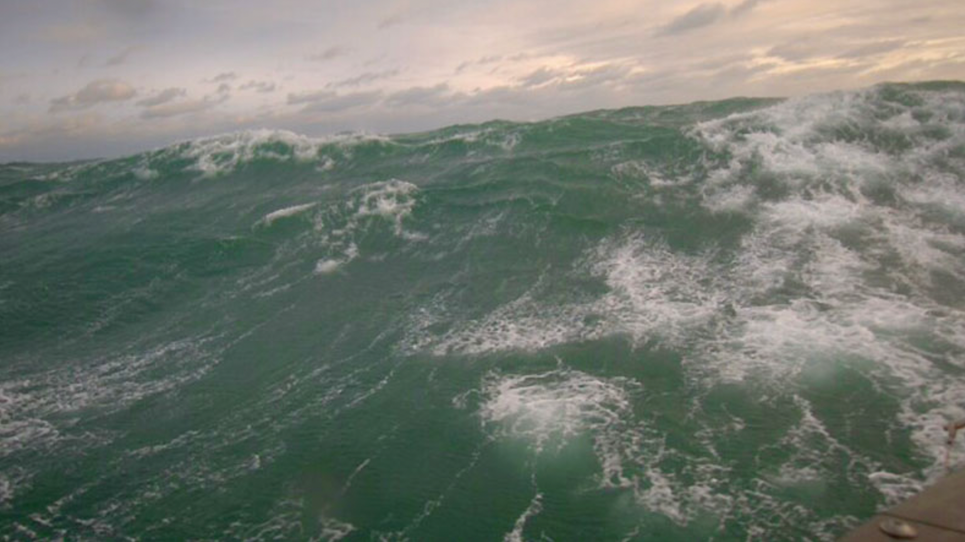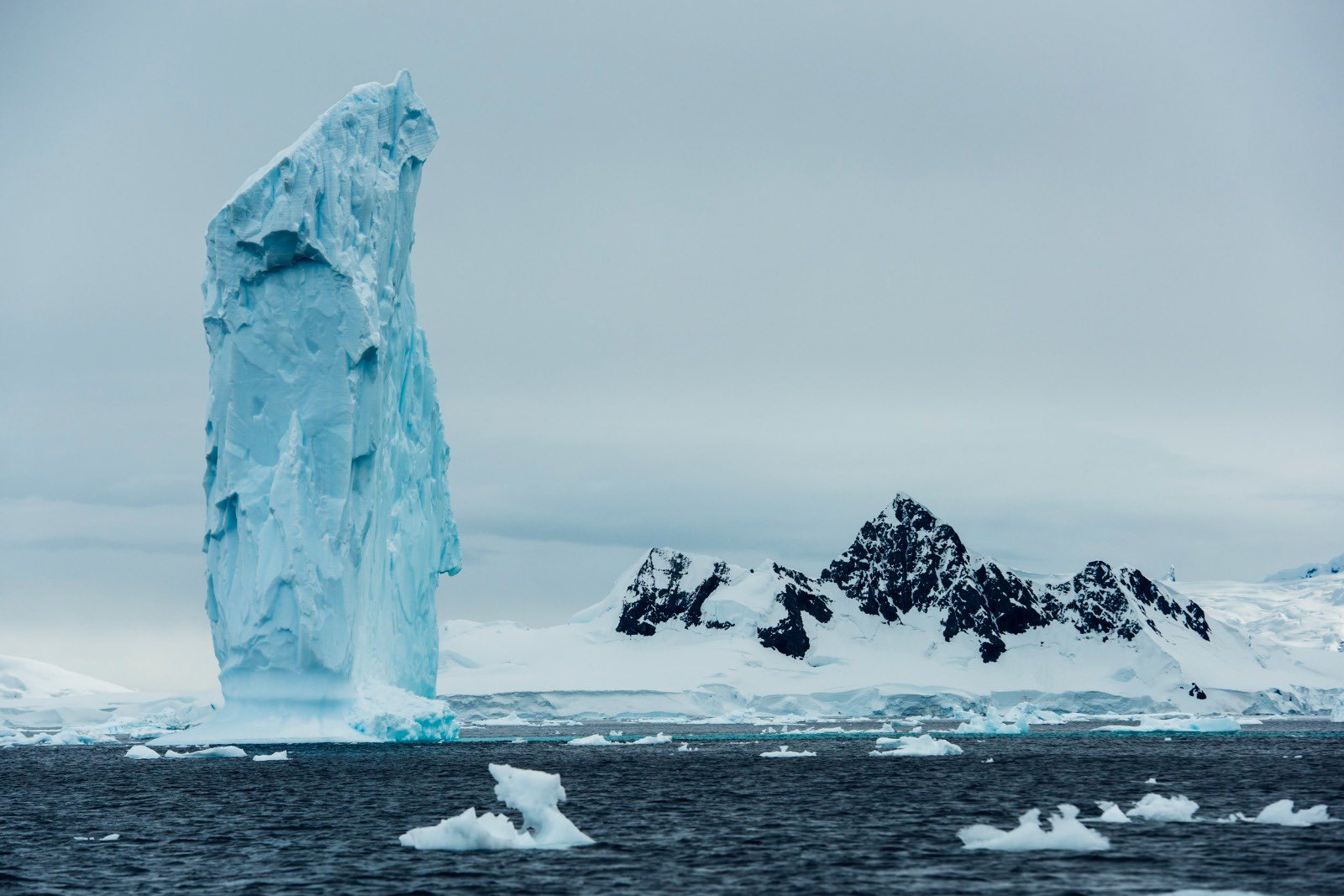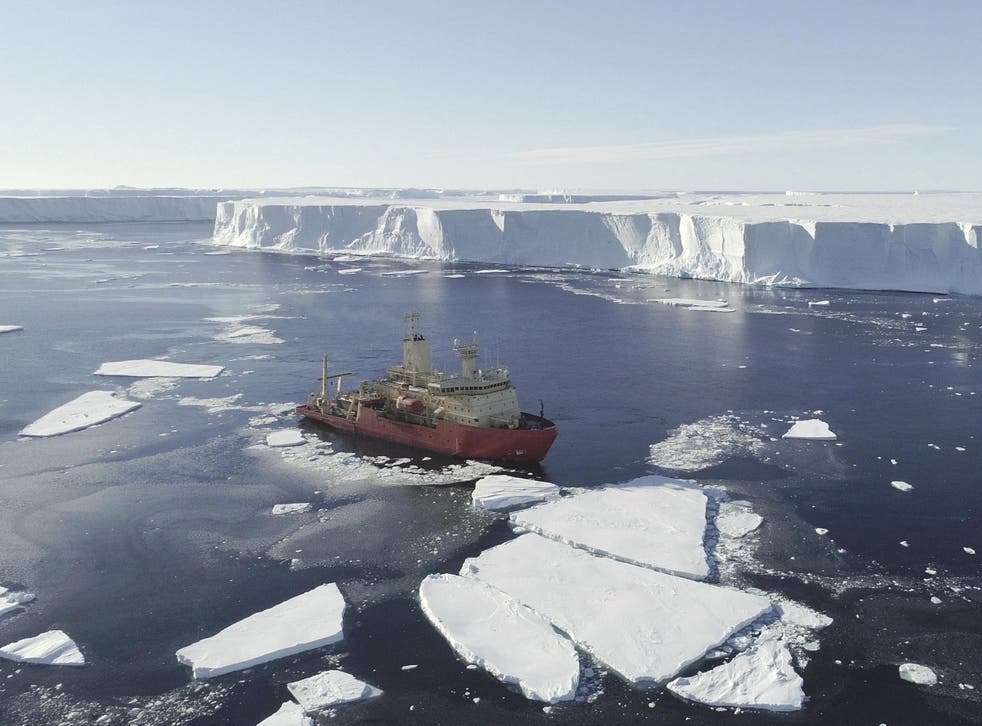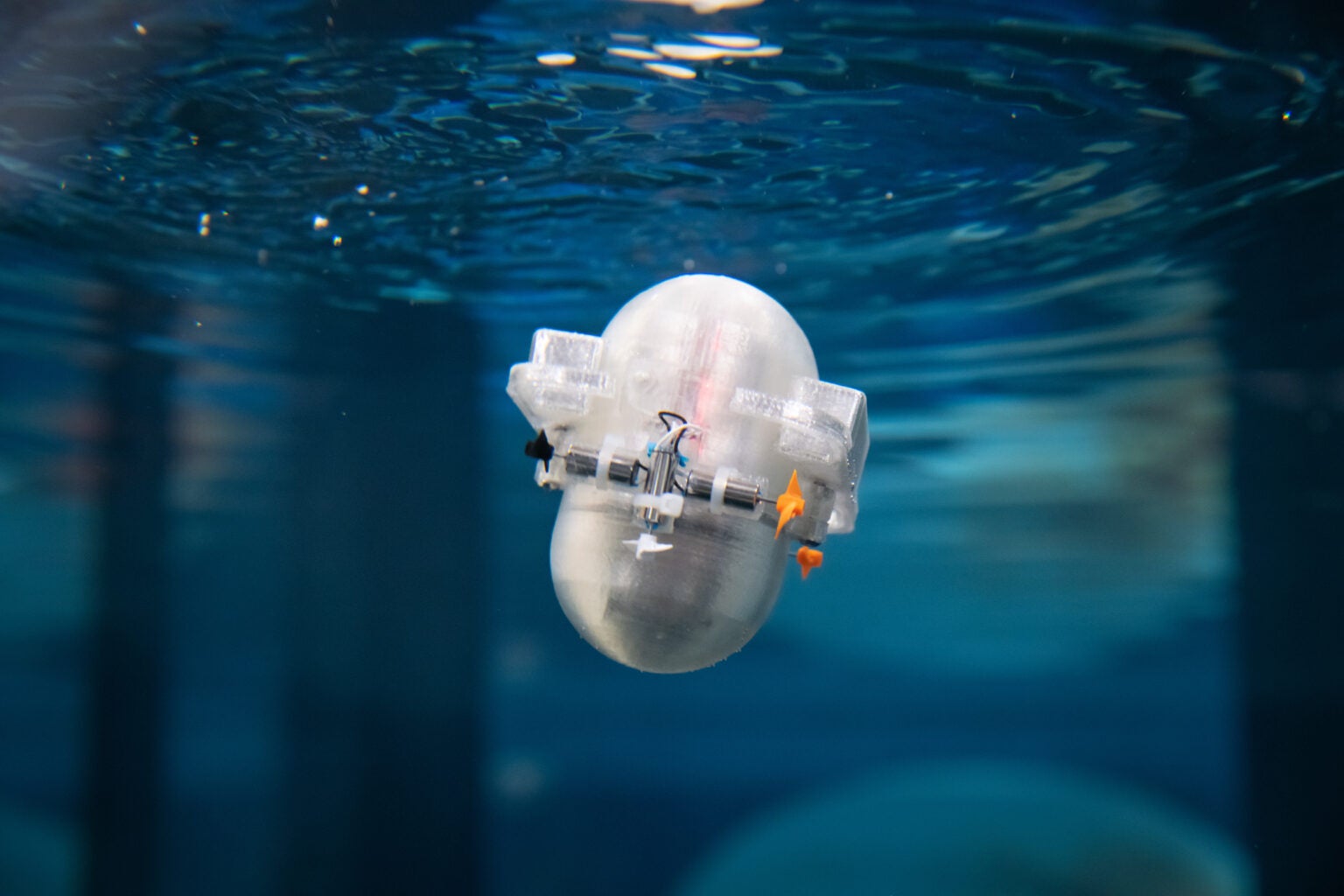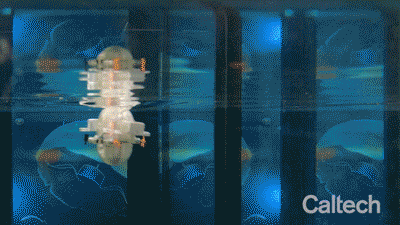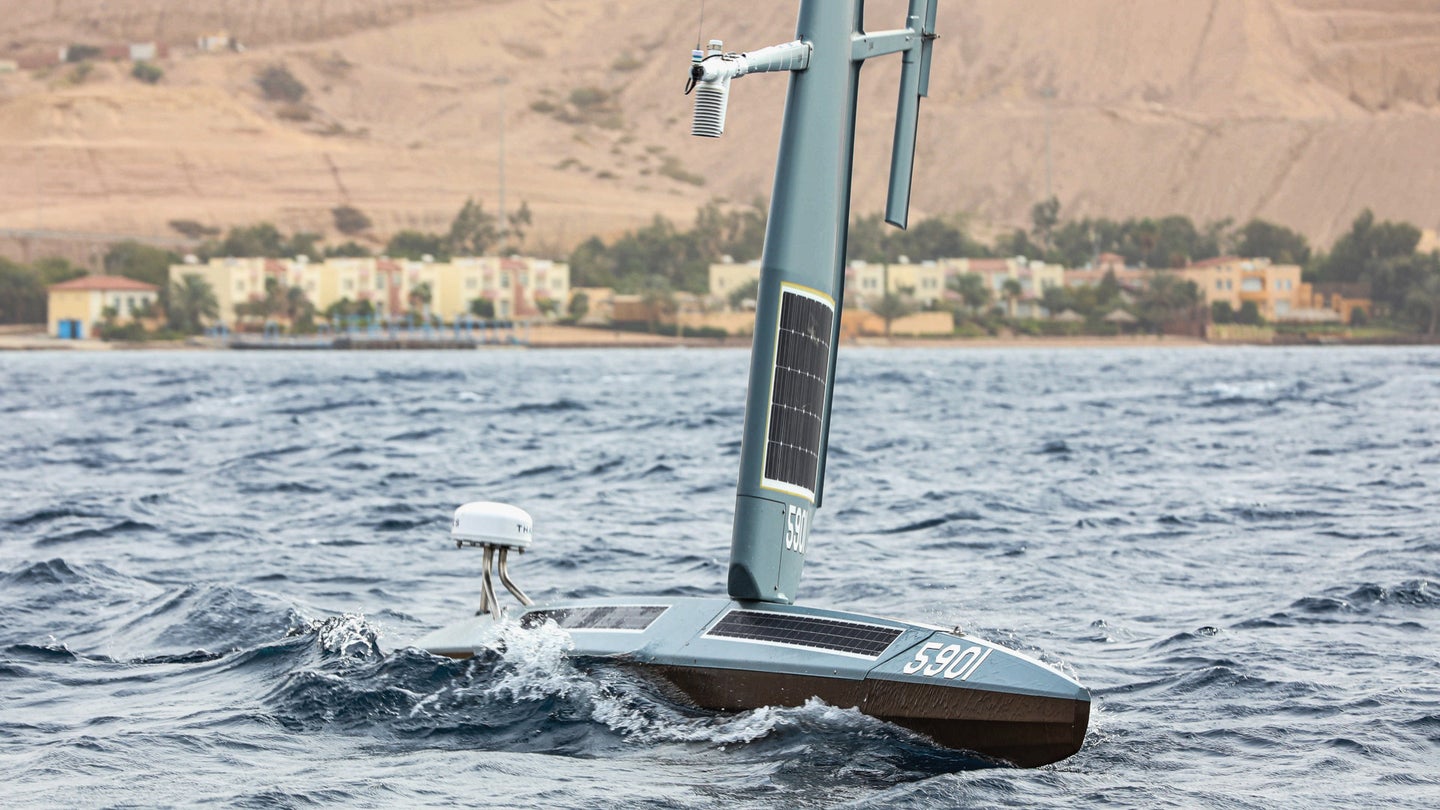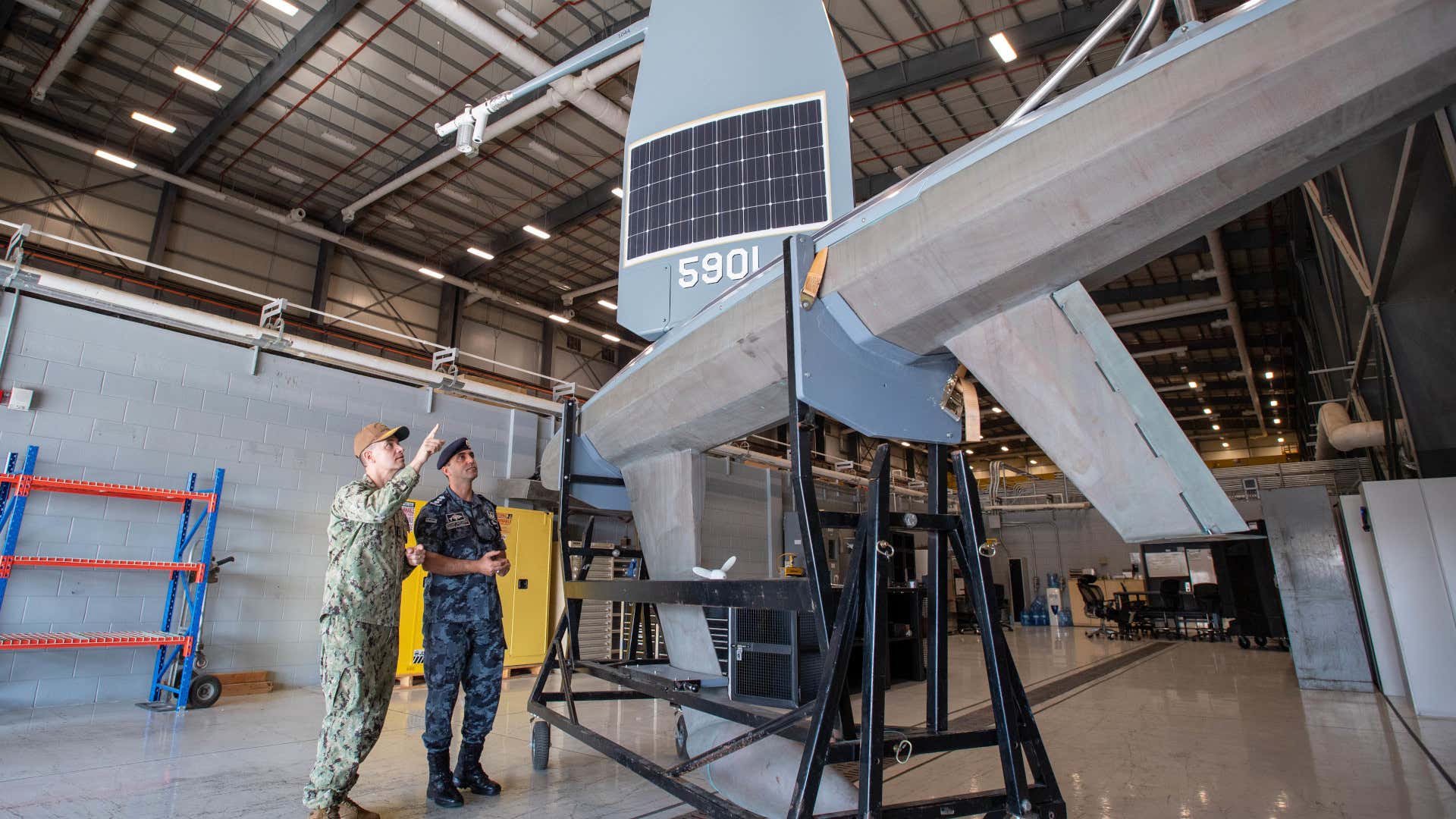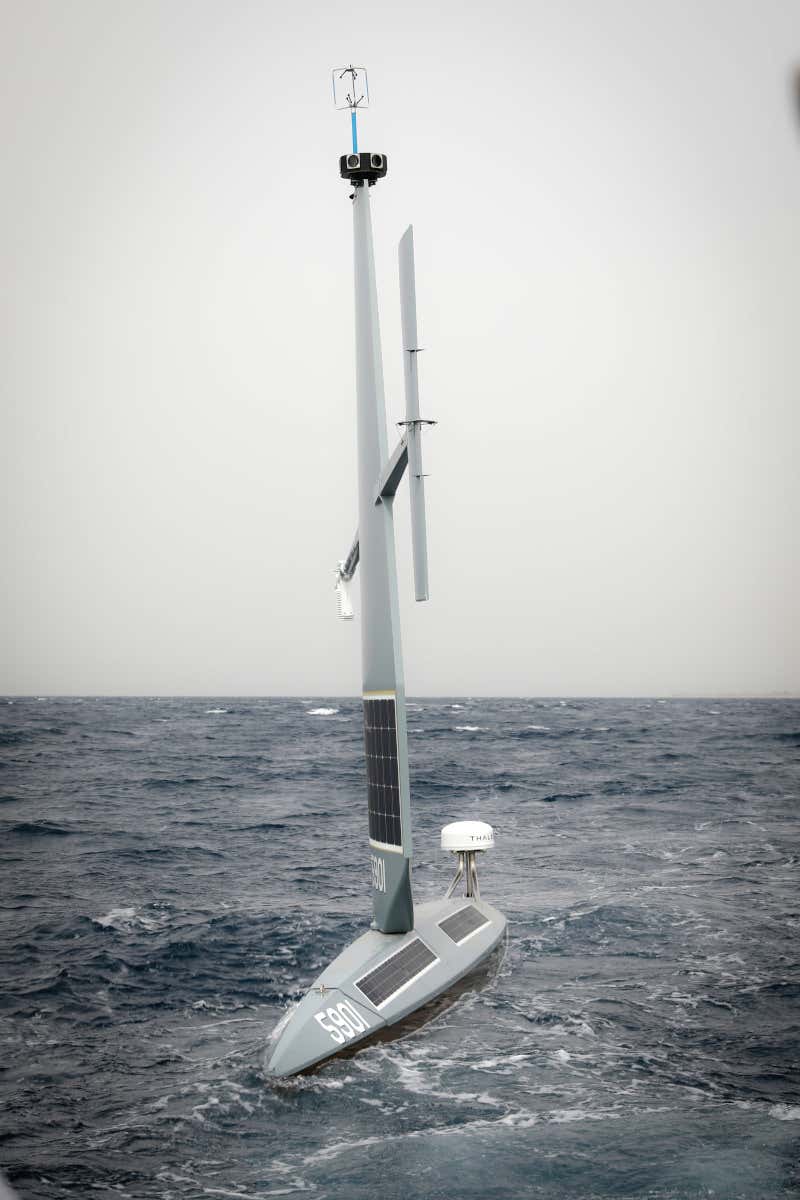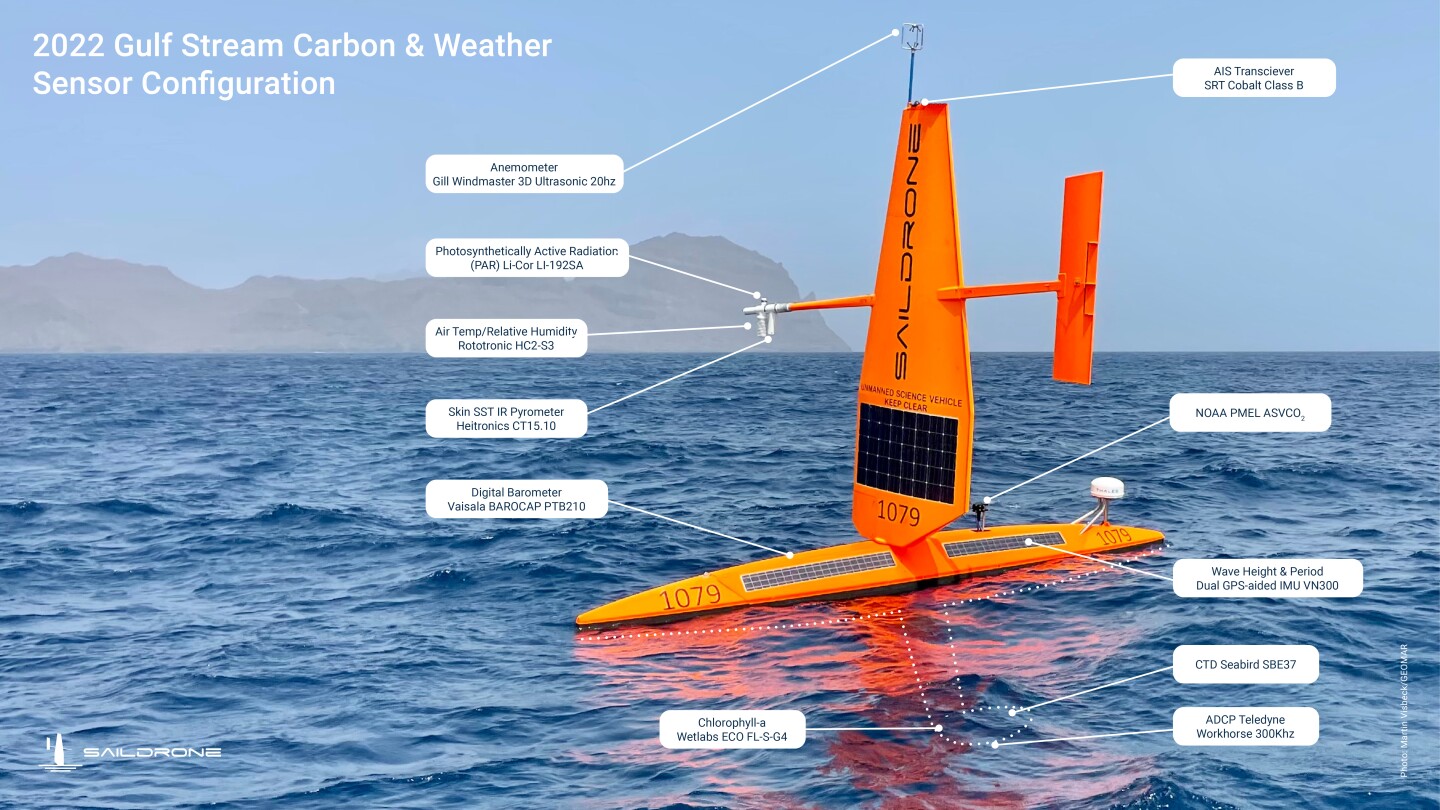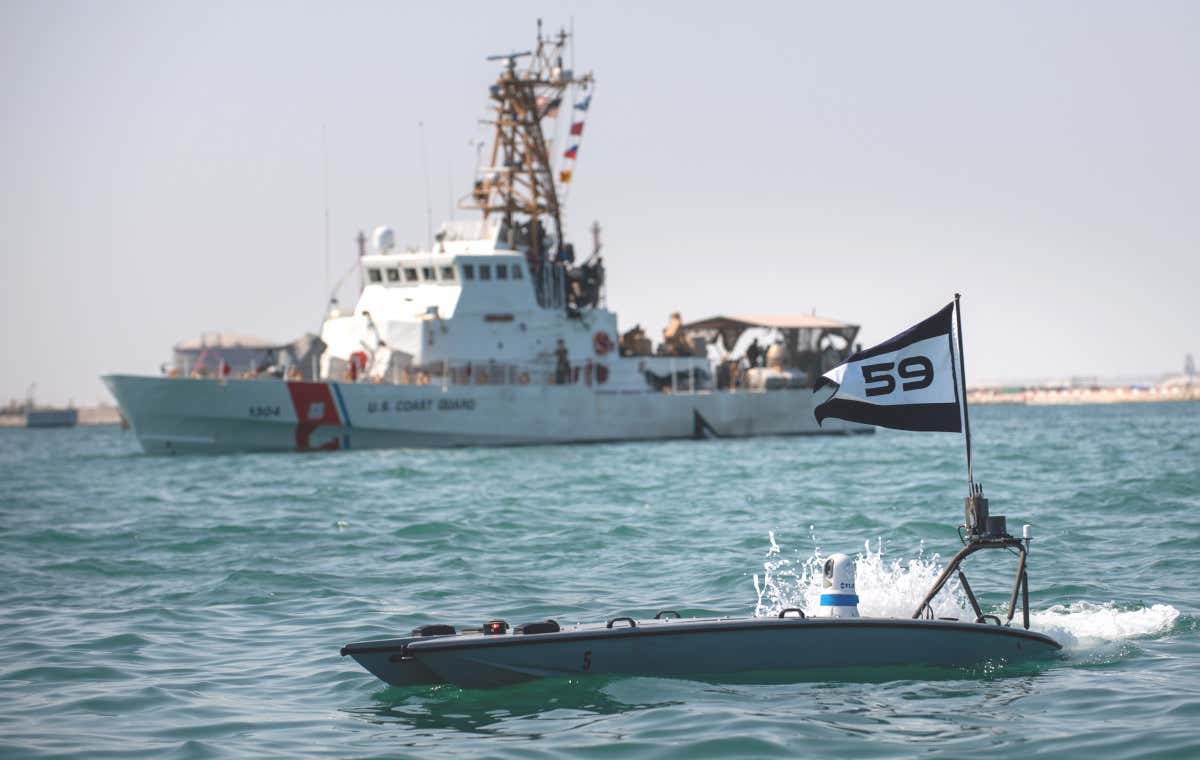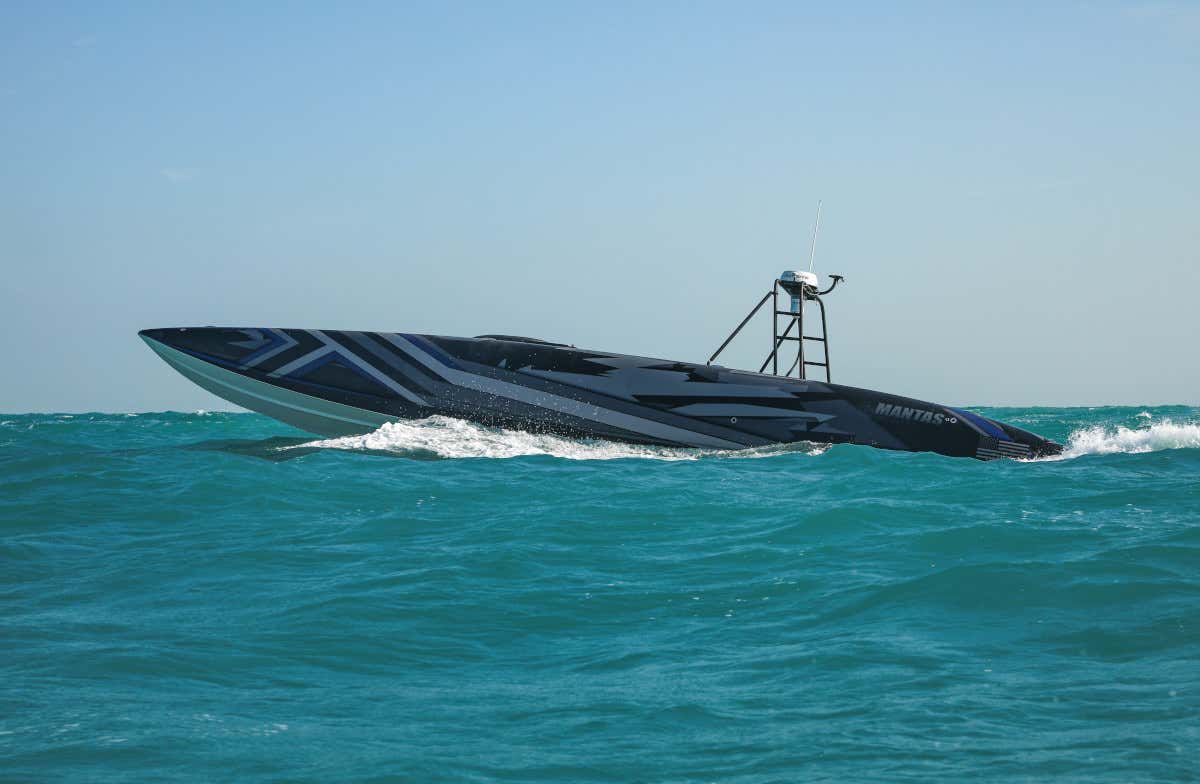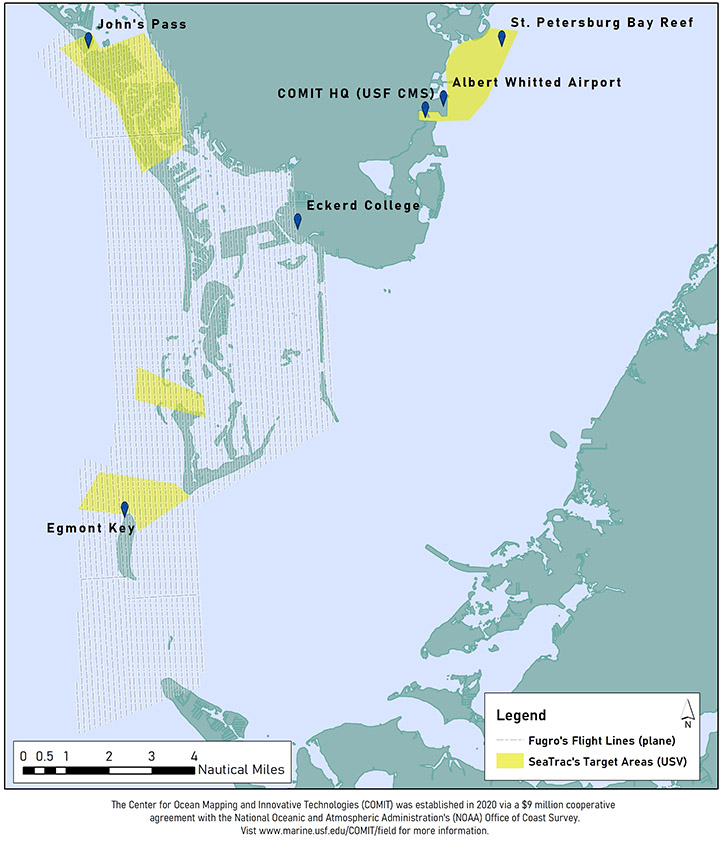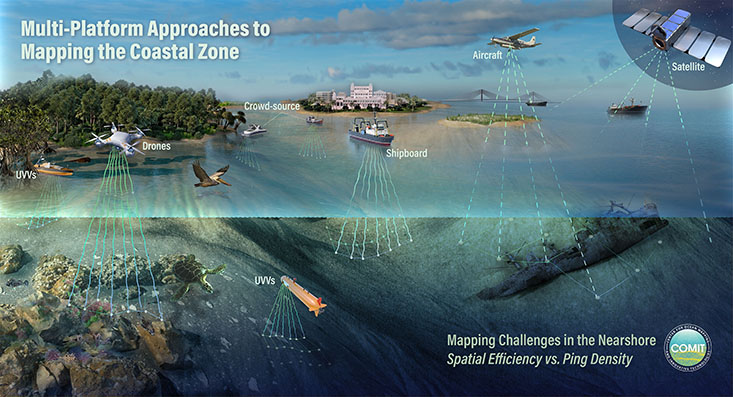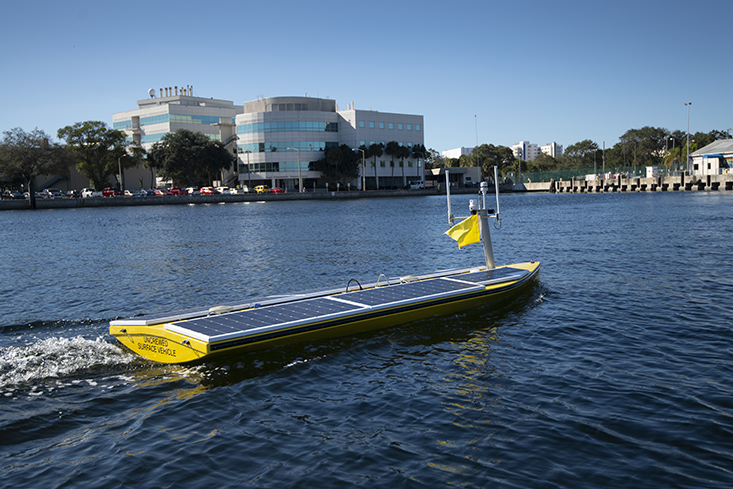Around the frozen continent, a vast current circles the world.
New science is revealing the power it holds over the future.
Ice shelves are in retreat, and researchers are alarmed at what they’re learning.
“From no perspective is there any place more important than the Southern Ocean,” said Joellen L. Russell, an oceanographer at the University of Arizona.
“There’s nothing like it on Planet Earth.”
see interactive on NYTimes
Sources: Map data from the British Antarctic Survey, NASA Earth
Observatory, Lamont-Doherty Earth Observatory of Columbia University,
Natural Earth, Bright Earth e-Atlas Basemap.
From NYTimes by Henry Fountain and Jeremy White
Wilder winds are altering currents. The sea is releasing carbon dioxide.
Ice is melting from below.
THE IMMENSE AND FORBIDDING Southern Ocean is famous for howling gales and devilish swells that have tested mariners for centuries.
But its true strength lies beneath the waves.
The ocean’s dominant feature, extending up to two miles deep and as much as 1,200 miles wide, is the Antarctic Circumpolar Current, by far the largest current in the world.
It is the world’s climate engine, and it has kept the world from warming even more by drawing deep water from the Atlantic, Pacific and Indian oceans, much of which has been submerged for hundreds of years, and pulling it to the surface.
There, it exchanges heat and carbon dioxide with the atmosphere before being dispatched again on its eternal round trip.
Without this action, which scientists call upwelling, the world would be even hotter than it has become as a result of human-caused emissions of carbon dioxide and other heat-trapping gases.
“From no perspective is there any place more important than the Southern Ocean,” said Joellen L. Russell, an oceanographer at the University of Arizona.
“There’s nothing like it on Planet Earth.”
For centuries this ocean was largely unknown, its conditions so extreme that only a relative handful of sailors plied its iceberg-infested waters.
What fragmentary scientific knowledge was available came from measurements taken by explorers, naval ships, the occasional research expeditions or whaling vessels.
But more recently, a new generation of floating, autonomous probes that can collect temperature, density and other data for years — diving deep underwater, and even exploring beneath the Antarctic sea ice, before rising to the surface to phone home — has enabled scientists to learn much more.
They have discovered that global warming is affecting the Antarctic current in complex ways, and these shifts could complicate the ability to fight climate change in the future.
Scientists can model ocean patterns all the way to the seafloor on a planetary scale.
They have found that immense volumes of deep water, shown as blue dots, flow toward the Antarctic.
As the ancient water rises, shown here in yellow, over nearly a century, it circles the continent.
Researchers are worried about the impact of climate change on this upwelling.
As the world warms, Dr. Russell and others say, the unceasing winds that drive the upwelling are getting stronger.
That could have the effect of releasing more carbon dioxide into the atmosphere, by bringing to the surface more of the deep water that has held this carbon locked away for centuries.
In addition, the Southern Ocean is getting warmer, and that has another important climate effect.
Some of this upwelling water, which is already relatively warm, flows beneath ice shelves on the Antarctic coast that help keep the continent’s vast, thick ice sheets from reaching the sea more quickly.
In effect, “Antarctica is melting from the bottom,” said Henri Drake, an oceanographer at the Massachusetts Institute of Technology.
That, scientists say, is already adding to sea level rise.
Over time it could contribute much more, potentially swamping coastlines in the next century and beyond.
While the potential magnitude of all these effects remains unclear, oceanographers and climate scientists say that it is increasingly urgent to understand this interplay of powerful forces and how human activity is transforming them.
“There’s lots of questions left,” said Lynne Talley, an oceanographer at Scripps Institution of Oceanography in La Jolla, Calif.
MUCH OF HUMANITY’S LIMITED scientific understanding of the Southern Ocean was long linked to an industry that saw money to be made there: whaling.
Beginning in the late 19th century, whaling ships began heading southward, to the Antarctic, in growing numbers as whale populations in the more hospitable waters of the Atlantic and Pacific oceans declined from overhunting.
Hundreds of ships sailed the violent southern waters on voyages that could last a year or longer.
But in time, overhunting became a problem in the Southern Ocean as well.
And the British government decided more needed to be learned about the environment and behavior of the whales there in hopes of sustaining their numbers.
Which is why, in the late 1920s, George Deacon, a young London university graduate with a passion for chemistry and a longing for the sea, received an intriguing job offer: sampling the waters of the Southern Ocean as part of an expedition to help preserve the whaling industry.
For Deacon it would be the start of a storied career in oceanography.
He would go on to help develop secret World War II submarine detection devices, direct the National Institute of Oceanography and eventually receive a knighthood.
But on Christmas Eve, 1927, just 21 years old, he set sail on a tiny research ship, the William Scoresby, toward Antarctica.
Deacon’s work there, even though some of his conclusions were later viewed as incorrect, would shape scientific understanding of the Southern Ocean for years to come.
He spent the better part of the next decade aboard ships, analyzing water samples from various depths. It could be dangerous work.
Storms would leave the pulleys and cables used to lower equipment into the water so heavily caked with ice that torches had to be used to free them.
Sample bottles, once pulled from the water, would often freeze even before they could be brought below decks, spoiling his tests.
The William Scoresby, Deacon’s ship, during a later expedition.Bearnes Hampton & Littlewood, Fine Art Auctioneers & Valuers, Exeter, England
But Deacon overcame these obstacles, ultimately sampling enough of the ocean to gain a broad understanding of its mechanics.
He combined his ideas with those of others in a 1937 book, “The Hydrology of the Southern Ocean,” that became the standard textbook describing the waters around Antarctica.
Deacon and his fellow voyagers were hardly the first to experience the hardships of the Southern Ocean. Archeological findings suggest it was explored as early as the 12th or 13th century by Indigenous Polynesians, about 500 years before Europeans first sailed there.
Visitors were rare then — and still are today.
Even in a modern ship, a voyage in the Southern Ocean can be harrowing.
That’s a result of geography. The nearest significant landmass to Antarctica is Cape Horn, the southern tip of South America, about 500 miles distant across the Drake Passage.
As a result, the ocean’s westerly winds have nothing to impede them, so they sweep completely around the world, building up ferocious strength and creating huge swells.
Because relatively few ships have ventured there over the years, researchers even today look for data wherever they can find it.
It can turn up in surprising places.
Just a few years ago Praveen Teleti, while working on his doctorate on the historical variability of Antarctic sea ice at the University of Cambridge, realized that the logbooks of a British whaling company’s ships contained invaluable climate measurements — air and water temperatures, barometric pressure, wind strength — from the 1930s and 1950s.
Along with the data, the logbooks also contained occasional personal comments, Dr. Teleti said, which were often breathtakingly understated.
Numbers reporting hurricane-force winds, for instance, would be accompanied by a benign comment about a gale.
“They wrote it as if it’s nothing much,” he said.
While hardly a comprehensive survey, the 9,000 or so data points that Dr. Teleti unearthed are among the relative few that document the Southern Ocean before much research was undertaken there.
They can be invaluable in helping scientists better understand how the region has already changed as the world has warmed.
Around the 1950s, though, research efforts expanded. Expeditions became more commonplace, systematic and sophisticated.
Instruments were developed that could make measurements from the bottom to the surface.
And by the late 1970s, polar-orbiting satellites began gathering data as well.
BUT THE REAL REVOLUTION in Southern Ocean science began in the mid-2000s, with the use of drifting floats that can adjust their buoyancy, like fish, to move up and down in the water as they take readings.
They surface only occasionally, to beam their data to satellites, before sinking once again below the waves. Some even explore beneath the sea ice.
The floats, part of a worldwide project called Argo, have helped transform oceanographers’ understanding of the Southern Ocean.

Researchers dropped a float in the Southern Ocean in 2017.Greta Shum/Southern Ocean Carbon and Climate Observations and Modeling Project
They now know, for instance, that Deacon’s description of the ocean in his 1937 book was incorrect in some ways.
For one thing, he described the movement of water as a recirculating loop, later named a Deacon cell in his honor, in which deep water rose in the southern part of the circumpolar current, moved northward across the current, sank, and was drawn south to upwell again.
Oceanographers now know much more about the complex cycle of worldwide oceanic currents, of which the Antarctic upwelling is only a part.
The waters circling Antarctica are completing an epic journey from the Atlantic, Pacific and Indian oceans, flowing southward and slowly cycling upward as if climbing an ocean-sized circular staircase.
“This is deep ocean water that hasn’t seen the atmosphere for centuries,” said Veronica Tamsitt, who, as a doctoral student, worked with Dr. Talley, Dr. Drake and others to build
computer models of what all the new data was revealing.
Scientists better understand how closely intertwined the Southern Ocean is, despite its remoteness, with the rest of the world. The circular flow of water around Antarctica is, in effect, a climate engine spinning on a continental scale.
With this new knowledge, researchers are now growing increasingly alarmed about how the ocean and current may change as the Earth continues to warm.
Dr. Russell, the Arizona oceanographer, has dedicated her life to this work.
She grew up in the Arctic, on the coast of the Chukchi Sea in Kotzebue, Alaska.
As a child, she said, “I wanted to know where the sea ice went,” when it retreated from shore every summer.
“You never quite give up what you fall in love with when you’re young,” she said.
As a graduate student, she went on her share of Southern Ocean expeditions, describing the peculiar terror of working on a 300-foot ship being tossed about on huge swells.
“You’re chugging up the side of the wave and then schuss down the other side until you stick the prow into the next wave and a mountain of water proceeds to just fall on you,” she said.
On her first voyage she was measuring dissolved oxygen in the water, and kept getting readings that suggested a startling rate of upwelling.
“It was coming from so deep, so fast,” she said. “That’s when my Southern Ocean obsession really started.”
Since then she, like other oceanographers, has focused on the carbon dioxide that is dissolved, in vast quantities, in the deep waters surfacing around Antarctica.
ONE OF THE MOST IMPORTANT processes that occurs in the Southern Ocean is the exchange of carbon dioxide between the ocean and the atmosphere.
And how this process may change as the world warms has huge implications for fighting climate change.
Global warming is mainly caused by carbon dioxide put into the atmosphere by the burning of fossil fuels.
Oceans absorb large amounts of these emissions, while also absorbing heat from the atmosphere, serving as a critical buffer against climate change and keeping the world from otherwise becoming a practically unlivable hothouse.
By some estimates the oceans have taken up about 25 percent of the excess carbon dioxide, and more than 90 percent of the excess heat, that has resulted from burning of fossil fuels and other human activities since the 19th century.
But the deep ocean water that upwells around Antarctica contains even more carbon dioxide — not from current emissions, but dissolved over centuries from organic matter including decaying marine organisms, tiny and immense, that sink when they die.
“It’s been accumulating the rot of ages,” Dr. Russell said.
When this ancient water reaches the surface, some of that carbon dioxide is released, or “outgassed,” as the scientists say.
Researchers have long thought that the Southern Ocean absorbs more carbon dioxide than it releases, with a beneficial effect for climate.
But if more water upwells, more of this carbon dioxide could be outgassed, shifting this critical balance.
That would make it more difficult to fight climate change: Nations would have to reduce their emissions even more to keep warming in check.
Upwelling is driven by those incessant Southern Ocean winds, which push surface water northward, drawing up deep water behind it.
The winds are affected by warming, and they have already strengthened in recent decades.
A recent study suggested that the Southern Ocean is still absorbing more carbon dioxide than it is releasing.
But many researchers think the ocean may already be outgassing more carbon dioxide than previously thought.
And if the winds keep strengthening as the world warms, they say, the upwelling and outgassing could keep increasing.
Scientists point out that more upwelling might actually have one benefit in the effort to fight climate change: It could allow more of the atmosphere’s excess heat to be absorbed.
But overall, they are concerned.
“We’re excited about it, because it would take up more heat,” Dr. Russell said.
“But we’re worried about it because of all that deep-ocean carbon.”
An iceberg monolith overlooking Wilhelmina Bay in Antarctica.
photo Kelvin Trautman
CARBON, HOWEVER, ISN’T THE ONLY CONCERN.
The water that’s welling up in the Southern Ocean is also relatively warm, and warming more, which spells trouble for the planet in the form of sea level rise.
Some of that warm water reaches Antarctica’s continental shelf, where it flows beneath ice shelves, the tongues of ice at the ends of glaciers.
These glaciers act as buttresses, helping to hold back the massive ice sheets that cover the continent and that are slowly moving toward the ocean.
But scientists discovered several decades ago that this upwelling water is melting the ice shelves from underneath.
As the ice thins, the glaciers lose some of their ability to keep the ice sheets in check.
Ice shelves like the Thwaites are shrinking at an accelerating pace.
Along the continental shelf, centuries-old water from deep beneath the world’s oceans rises toward Antarctica.
This warming water meets ice at the base of the shelf, as illustrated here, melting away the base.
Plumes also rise to weaken the shelf from below: Antarctic ice shelves are not only retreating, but getting thinner.
Most of this melting is occurring on Antarctica’s western side, where the circumpolar current comes closest to the coast.

There, the ice shelves of two large glaciers, Thwaites and Pine Island, hold much of the region’s ice sheet back.
So far, their melting and thinning has contributed only a relatively small amount to rising sea levels. But the concern is that if the ice shelves melt too much, they could collapse, accelerating the movement of the glaciers, and eventually much of the West Antarctic ice sheet, to the ocean.
New research suggests such a collapse of part of the Thwaites ice shelf, and a resulting speed-up of the flow there, could occur within the next decade.
Were the West Antarctic ice sheet to flow into the ocean, seas could rise as much as 12 feet over centuries.
Already, the rate of melting of these glaciers is accelerating.
And again, the winds play a key role.
In the case of ice-shelf melting, the winds that matter are those close to the continent, said David Holland, a mathematician and climate scientist at New York University.
But the effect is the same. In the past, studies suggest, these close-in winds have kept colder water at the surface, preventing the warmer water from rising high enough to reach the continental shelf and the ice shelves.
Across the continent, ice is constantly flowing toward the open sea.
Floating ice shelves at the end of immense glaciers act as an important brake, slowing those flows.
Their sheer mass blocks the ice on land from reaching the ocean more quickly.
As shelves melt, the land ice can reach the sea faster, eventually causing seas to rise more.
Research team surveying the seafloor near Thwaites Glacier
(Alex Mazur/British Antarctic Survey)
“Right now the wind is pushing the cold water away, and so the warm water is coming to fill the void,” he said.
“And it’s looking like there will be more of that, based on computer models.”
In less than a century, the state of the art has progressed from Deacon’s solitary whaling research ship, to fleets of autonomous oceangoing probes circling the world, to sophisticated computer models.
And today, scientists are on the brink of getting even more data.
The Argo program is about to deploy globally a new generation of more sophisticated floats capable of measuring much more than basic temperature and salinity.
Of particular interest to Dr. Russell and others are acidity readings, because they can be used to determine the water’s carbon dioxide content.
That could help further illuminate the profound importance of deep, ancient, carbon-laden water to the world’s future.
Despite all that has been learned, Dr. Russell said, “Unlike any other field of exploration, we are at the absolute frontier here.
Links :
